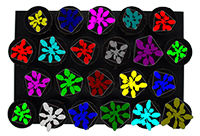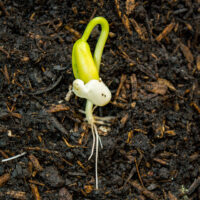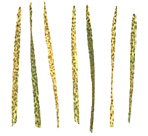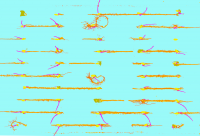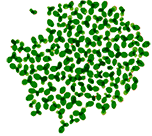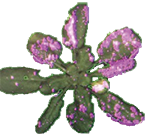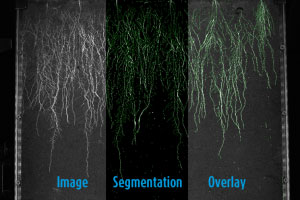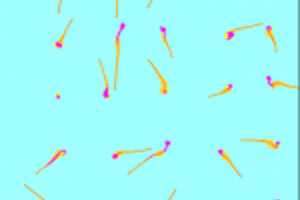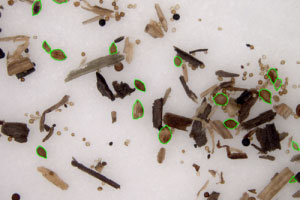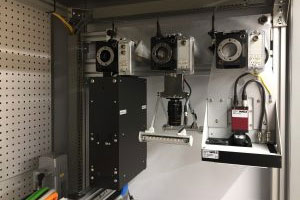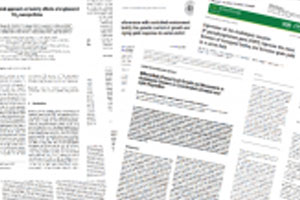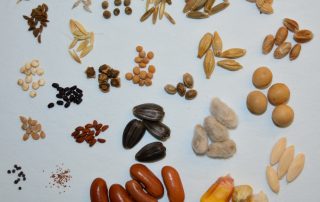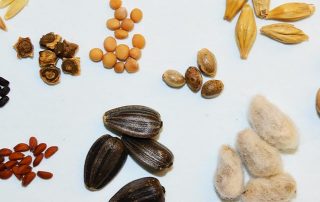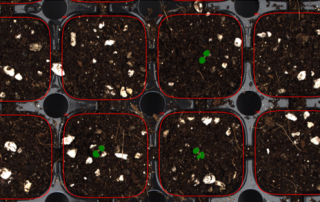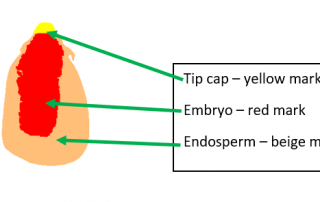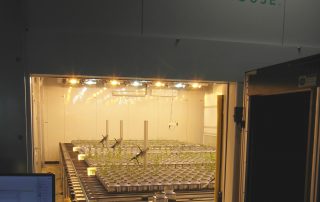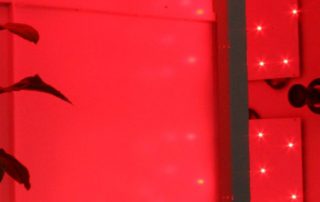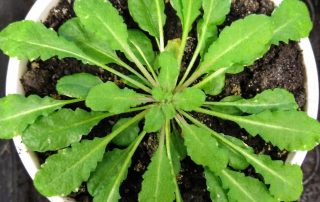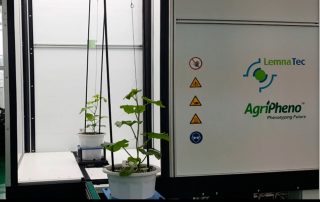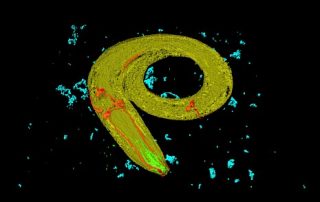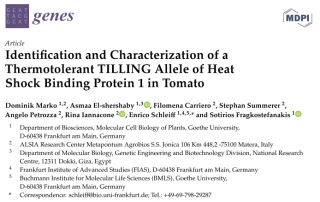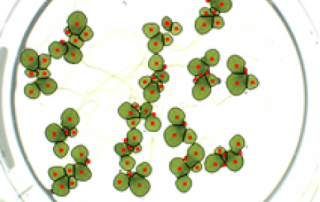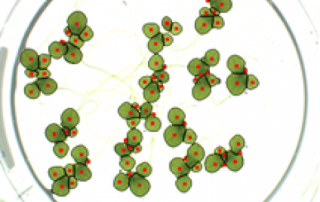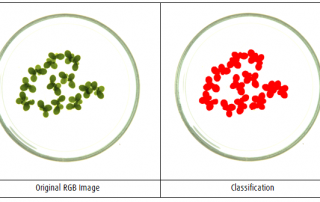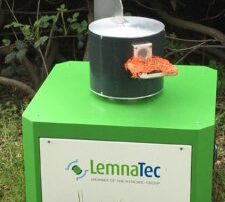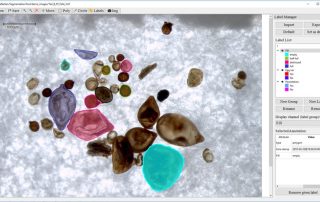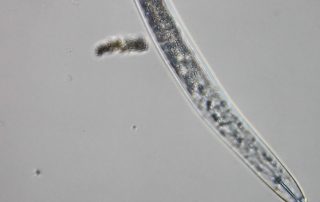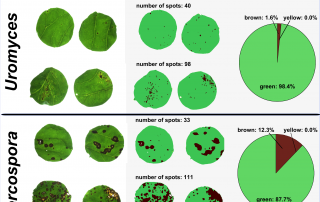Imaging and image processing have revolutionized various aspects of plant sciences, plant breeding, and the development of plant cultivation products. This reaches from understanding growth patterns to evaluating environmental impacts. In plant phenotyping, these technologies play a pivotal role in assessing plant traits, such as size, shape, and physiological responses, aiding in crop improvement and breeding programs.
In physiological phenotyping, fluorescence imaging and hyperspectral imaging reveal stress responses, chlorophyll content, and photosynthetic activity, enabling early detection of environmental stressors and their impact on plant health.
For root phenotyping, imaging techniques enable non-invasive visualization of root structures and root system properties. Image processing algorithms help quantify root architecture, length, density, and explore root-soil interactions crucial for nutrient uptake and plant health.
In seed testing, imaging technologies assist in analyzing seed quality, size, shape, and viability. High-resolution cameras coupled with machine learning algorithms provide rapid and accurate assessments, enhancing seed breeding, storage, and germination predictions.
In ecotoxicology, imaging aids in monitoring the effects of pollutants, industrial chemicals, drugs, food additives, or natural compounds on plant growth, morphology, and physiology. In particular the duckweed assay carried out with imaging and image processing is a valuable tool for toxicological tests.
Overall, the integration of imaging and image processing techniques in plant and environmental sciences has propelled research capabilities and development, allowing for precise and non-destructive analysis, fostering a deeper understanding of plant behavior, and facilitating sustainable agricultural practices and environmental conservation efforts.
Background information
How does phenotyping and seed testing work with digital imaging and image processing? How do we apply sensors and cameras to capture plant and seed features? What do our customers report on using our technology in research and development?
Application Cases
Application cases on using LemnaTec imaging and image processing for various tasks – on plants, but also on non-plant organisms.

